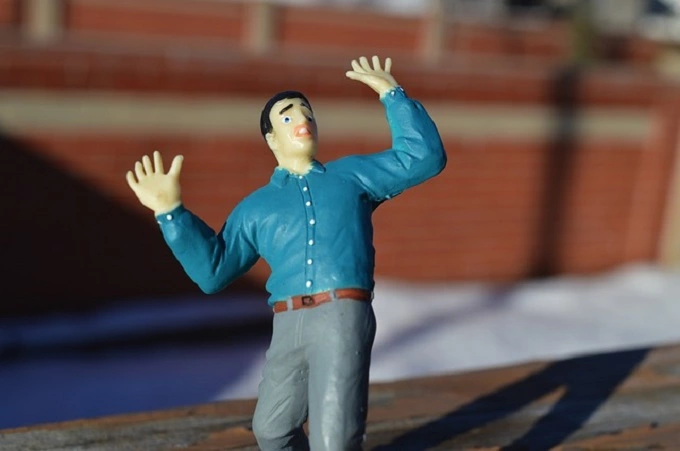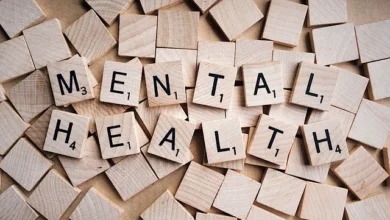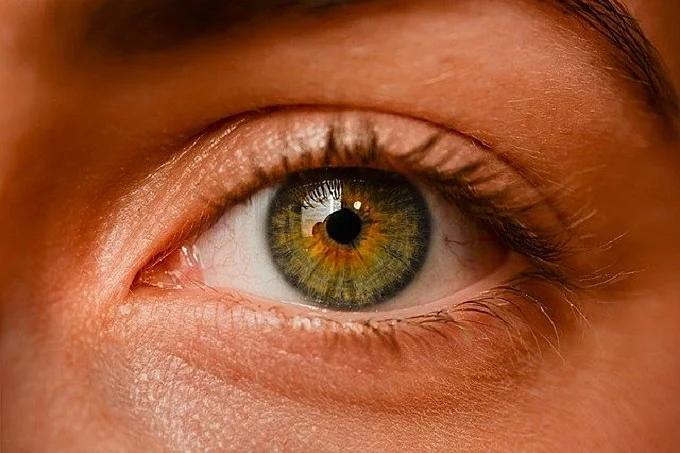How does your body communicate when you are afraid

Fear is a strange feeling. It seems negative, but it seems to charge you, giving you strength and vigor. Some even try to experience this feeling consciously, going to horror movies or skydiving. We have all experienced this feeling at least once, but few people have thought about how the body communicates with it. Well, let’s figure it out.
8 ways your body communicate when you are afraid
1. The heartbeat speeds up
One of the most striking effects that manifest when afraid is the feeling that the heart is about to jump out of the chest; it is beating so hard. But why is it necessary? Thus, the heart distributes blood faster, and therefore oxygen, which for the body is something like nitrous oxide for a car, namely, an accelerator.
Due to the influx of oxygen, the body reacts better to external stimuli, as cognitive and physical abilities are enhanced. All so that you can react to danger faster and avoid risks to health and life.
2. The adrenal glands secrete adrenaline
Adrenaline is a hormone that plays an important role in the “hit and runs” reaction, giving a surge of strength and energy to avoid danger. It increases and accelerates heart contractions, increases blood flow volume, and reduces the overall peripheral vascular resistance. To put it simply, adrenaline gives you something like a temporary superpower, increasing physical capabilities, protecting the psyche from overload, and causing a sense of relief.
For the sake of adrenaline, people consciously expose themselves to fear, for example, by doing extreme sports. Some are so dependent on the rush of this hormone that they are called adrenaline junkies.
3. Breathing increases
When you get afraid, you can notice how you start to suffocate, as if there is not enough oxygen. This is due to the fact that the rate of ventilation of the lungs increases, and the bronchi expand. All in order to increase the amount of oxygen entering the body to meet the muscles’ needs. This acceleration of breathing helps to saturate the muscles with oxygen and fight or run longer than usual.
4. Eyes widen
Since the body’s mobilization in fear aims to maximize the probability of survival, it needs to assess the situation as best as possible. To do this, there is more than the normal opening of the eyelids and dilation of the pupils, which makes it possible to assess the situation better.

However, this reaction is unstable and lasts, as a rule, a few seconds, during which a person will have time to instinctively or subconsciously assess the danger and either attack or run.
To get the latest stories, install our app here
5. Shivers and goosebumps occur
Shivering is the reaction of muscle cells to the effects of a neurotransmitter or hormone, during which the length of the cell decreases. Due to this, muscle stimulation occurs, and excretory processes are also enhanced. The same thing happens with goosebumps, which causes an adrenaline rush, making the hair stand on end.
Together, shivers and goosebumps perform approximately the same function — strengthening the sweating process, since the “hit and run” reaction requires actions that lead to a sharp increase in temperature. So that it does not become a shock to the body, and rapid cooling occurs.
Goosebumps have another function, which has already become a rudiment — scaring. Our ancestors were much hairier, and the hair standing on end outwardly gave them a more menacing appearance, which could scare off a predator. The hairline has greatly thinned since then, but the function has remained.
6. The skin turns red
You may notice that a frightened person turns the color of a ripe tomato as he turns red. This is due to a rush of blood to the muscles and skin, which carries a lot of oxygen with it. The redness quickly subsides when the fear passes, and the skin regains its normal color.
7. A feeling of cramps in the stomach

Many have faced such unpleasant consequences of being afraid as an abdominal cramp as if diarrhea would start right now. One might think that this mechanism has remained since people’s ancestors just descended from the trees to the ground and were necessary to dump excess “cargo,” but this is not the case.
Spasms during severe fright, similar to the desire to empty the intestines, occur because the body redirects blood from the digestive system to the lungs, brain, and muscles with sharp contractions as if milking fluid from the stomach and intestines.
8. The body freezes
When afraid, you feel as if your feet are rooted in the ground, and you can’t move. Somehow it doesn’t fit the “hit and run” strategy because then you become easy prey. In fact, in some cases, it is better to remain motionless, especially if you blend in with the background, at least in the eyes of a predator, because most mammals have a two-color vision. Some of them cannot distinguish a living object from an inanimate one if it does not move.
In addition, a short pause of a couple of seconds, even if the disguise is revealed, will allow the body, on a subconscious, and in our case, on a conscious level, to make the optimal decision to avoid danger. This effect is caused by a bundle of fibers connecting the cerebellum region, called the pyramid, with the near-conducting grey matter. The signals coming from this beam cause a person to freeze in fright.




